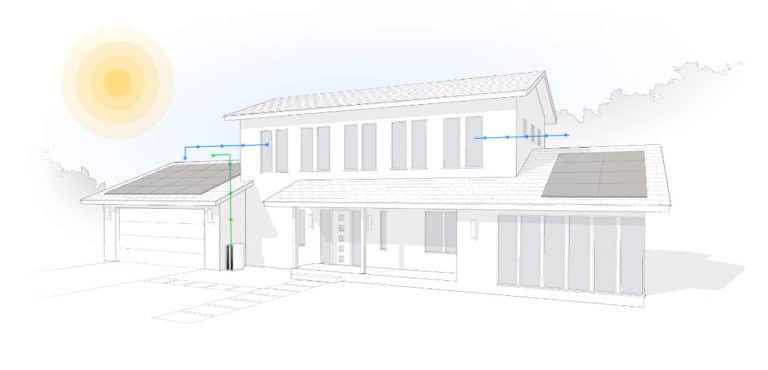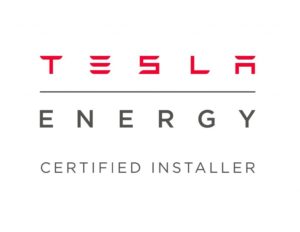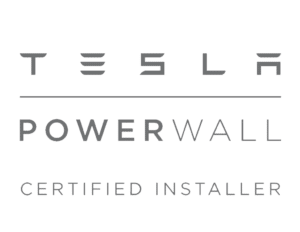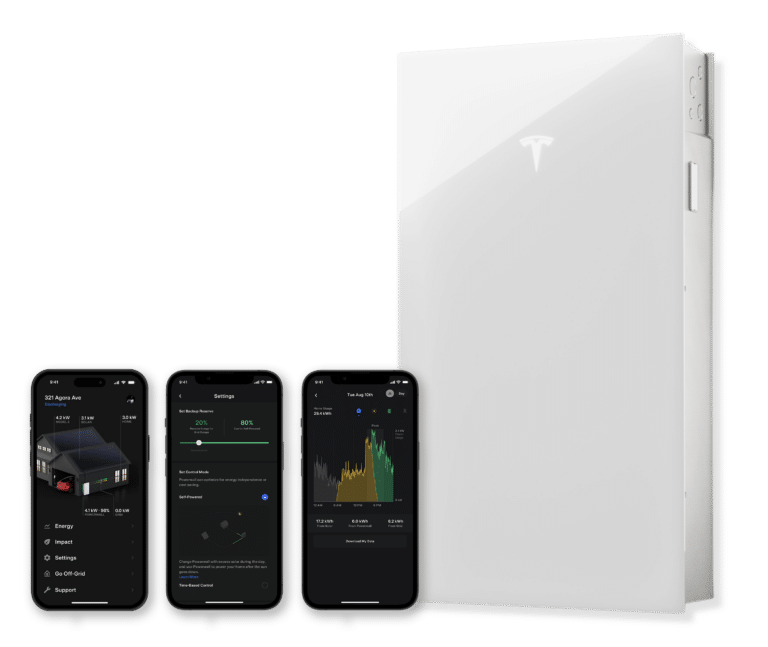Secure your energy with battery storage
Yes Solar Solutions helps homeowners and businesses reduce their reliance on the grid and provide protection against outages with battery storage solutions. Yes Solar became an early adopter of this technology by becoming the first Tesla Powerwall-certified installer in North Carolina.
In addition to allowing you access at night, to the clean energy produced from your solar panels during the day, batteries can protect your home from outages and can be used to charge your electric vehicle. Battery storage solutions qualify for the 30% federal tax credit.
Get a battery quote:
Introducing the Tesla Powerwall 3
The combination of cost-effectiveness, reliability, and durability makes the Tesla Powerwall 3 an optimal choice for solar energy storage.
Tesla Powerwall 3 Features:
- Integrated solar inverter transfers solar with high efficiency.
- Supports larger system sizes than the Powerwall 2.
- The Tesla App allows you to monitor and manage the clean energy your system produces with 24/7 remote access. You can set your battery backup reserve before a storm and utilize other features within the app.
Battery Storage Options:
Save up to $9,000 + the 30% federal tax credit when you install solar with a battery
Duke Energy’s PowerPair program provides rebates for new solar panel installations
when homeowners install a battery at the same time.

How Battery Storage Works:
- Solar panels generate direct current (DC) power and travel to an inverter. It turns into alternating current (AC) power, which flows into your main panel and powers your home.
- Your home uses what it needs. The remaining power flows into your battery storage where it changes back to DC power and is stored in the lithium-ion battery pack.
- A thermal control system regulates the temperature inside the battery. The integrated inverter and software switch the stored DC to AC and dispatch power when it is needed.
- Any excess power present after the battery is charged goes to the grid. If you are on a net metering program, you receive credits. You can program your battery to charge from the grid during lower rate periods and distribute the stored power into the grid during more expensive rate periods.
Copyright 2021 Yes Solar Solutions. All Rights Reserved. Privacy Policy.



